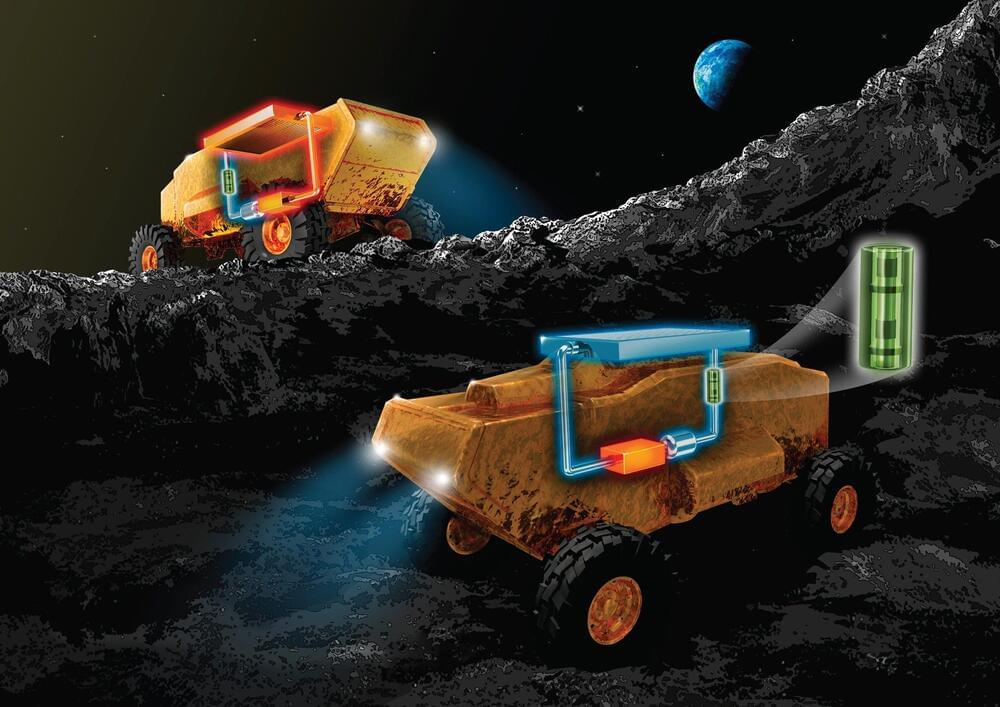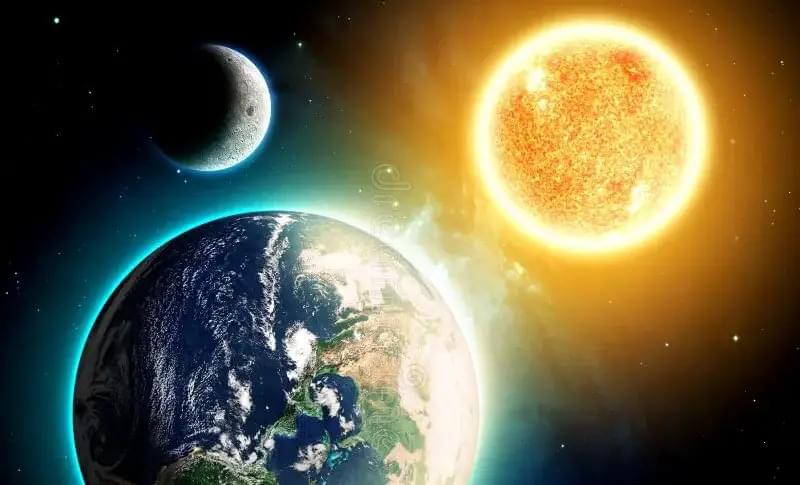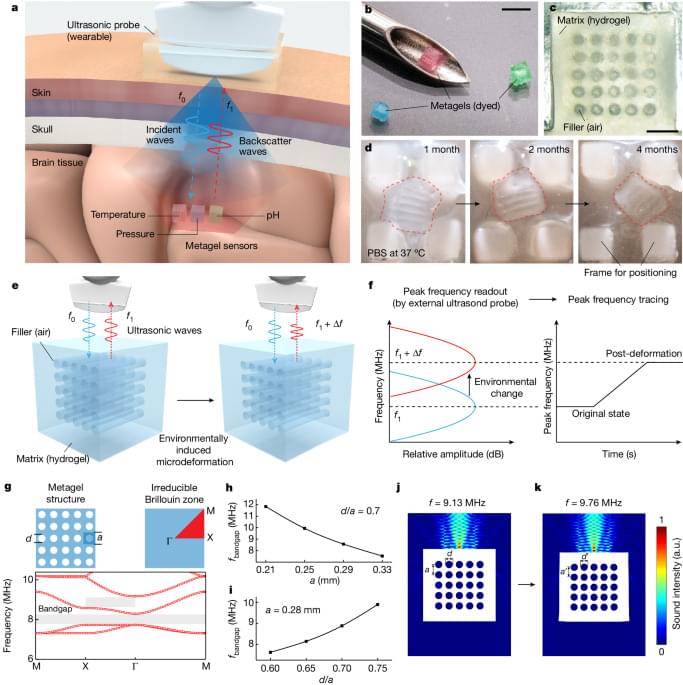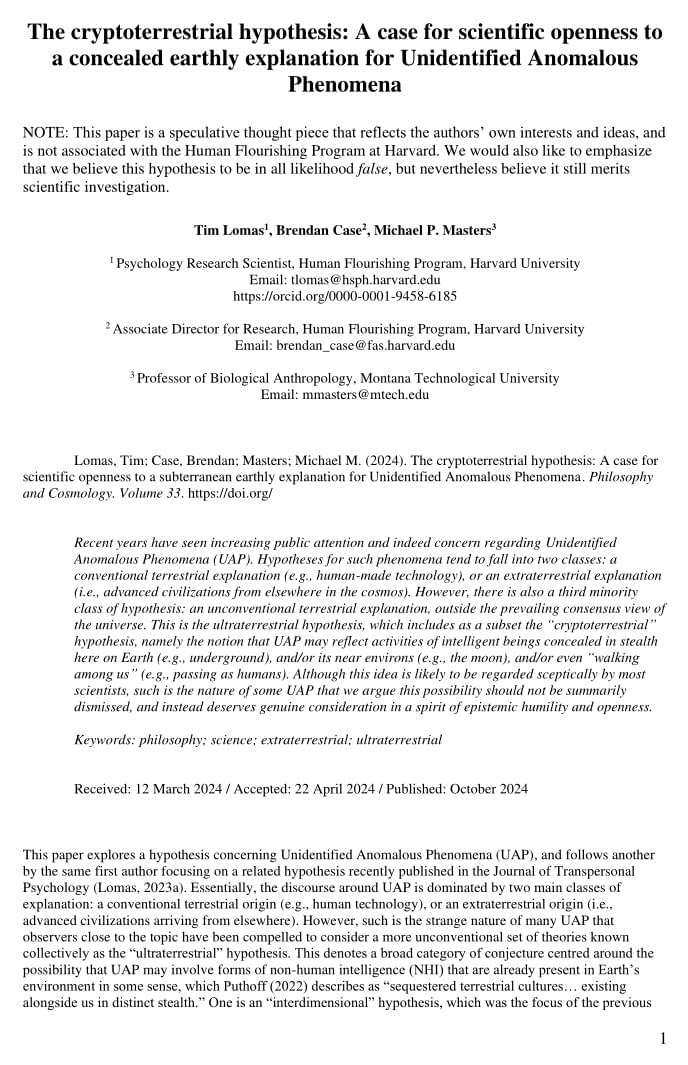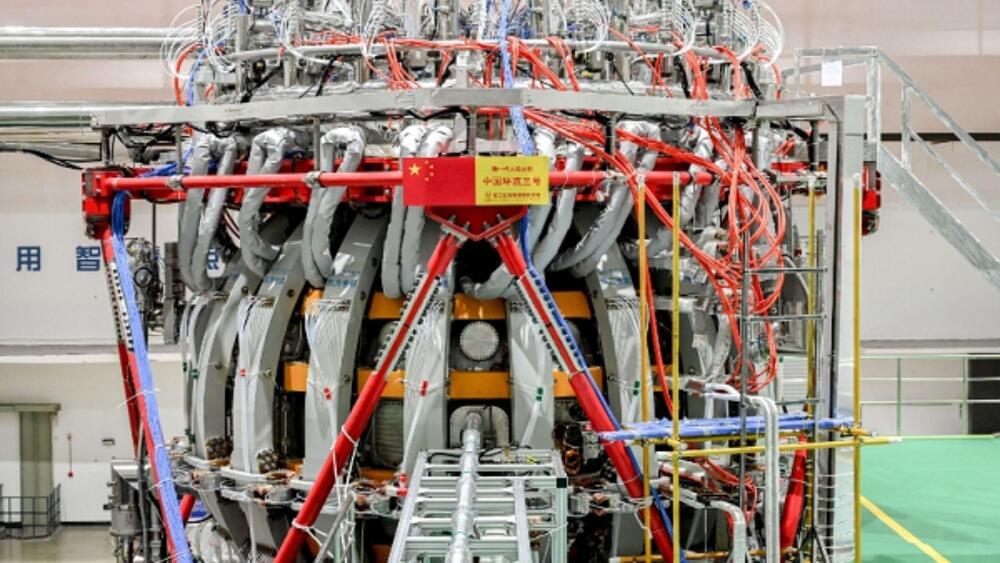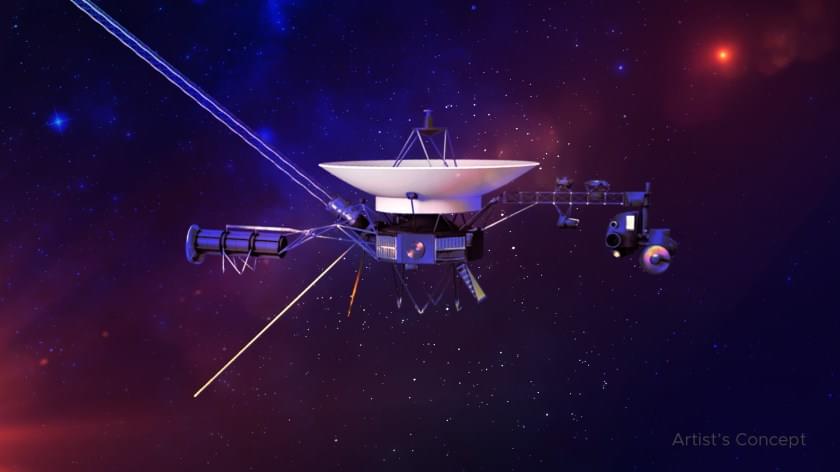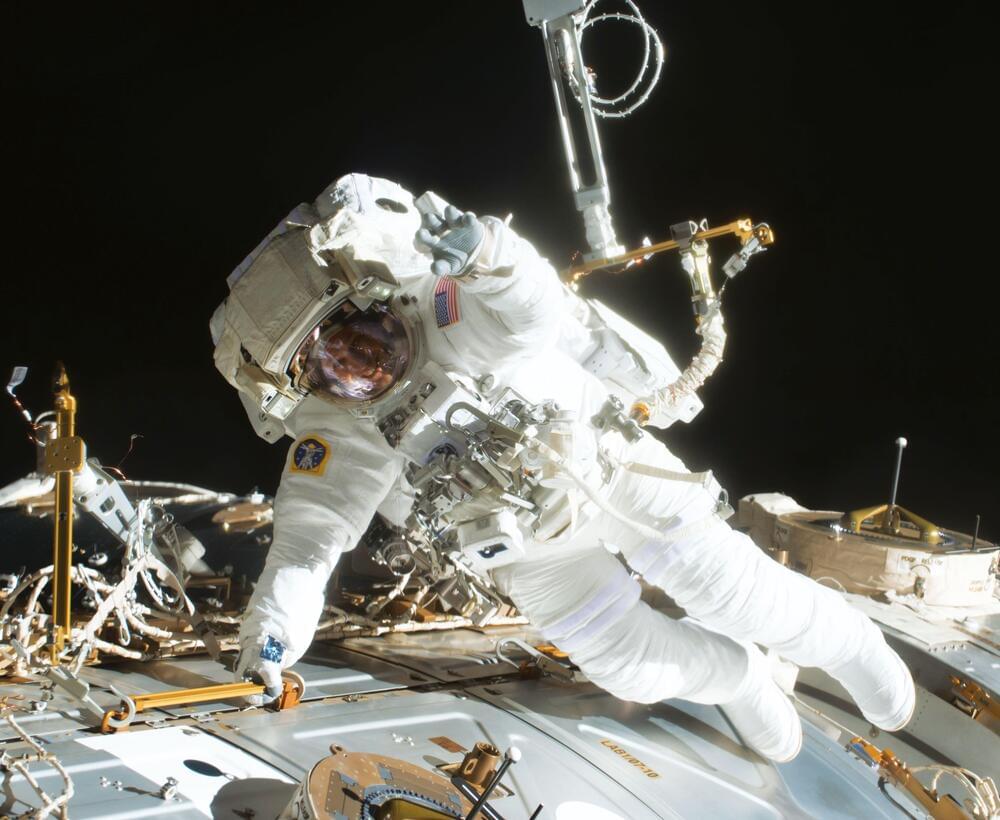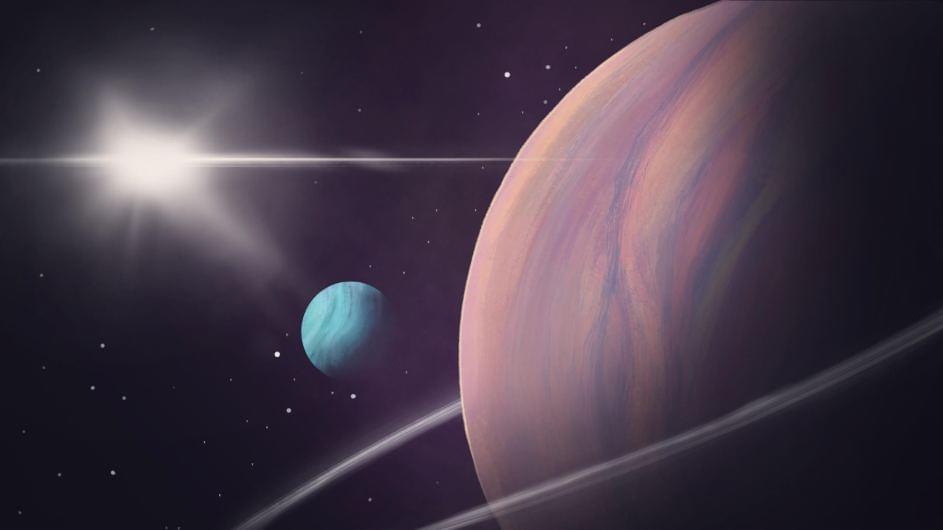Jun 17, 2024
Revolutionary Rover Tech Tames Extreme Moon Temperatures
Posted by Saúl Morales Rodriguéz in categories: climatology, engineering, space
A team from Nagoya University invented a heat-switch device for lunar rovers to withstand the Moon’s extreme temperatures. The technology optimizes thermal control, alternating between cooling and insulating, facilitating longer missions with less energy.
Astronauts navigating the moon’s terrain in a vehicle contend with not only the perils of zero gravity and potential crater falls, but also drastic temperature swings. The moon’s climate ranges from searing highs of 127°C (260°F) to bone-chilling lows of −173°C (−280°F).
Team from Nagoya University in Japan developed a heat-switch device designed to enhance the durability of lunar rovers. Their collaborative research with the Japan Aerospace Exploration Agency was featured in the journal Applied Thermal Engineering.
